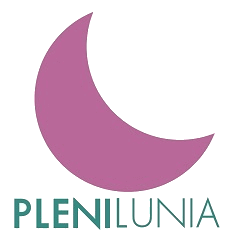Mamás ecológicas tienen hogares ecológicos
Reducir el daño al medio ambiente De acuerdo con un informe de la Secretaría del Medio Ambiente y Recursos Naturales (SEMARNAT), publicado en 2008, México se encuentra dentro del...
Plenilunia Declaración de accesibilidad

